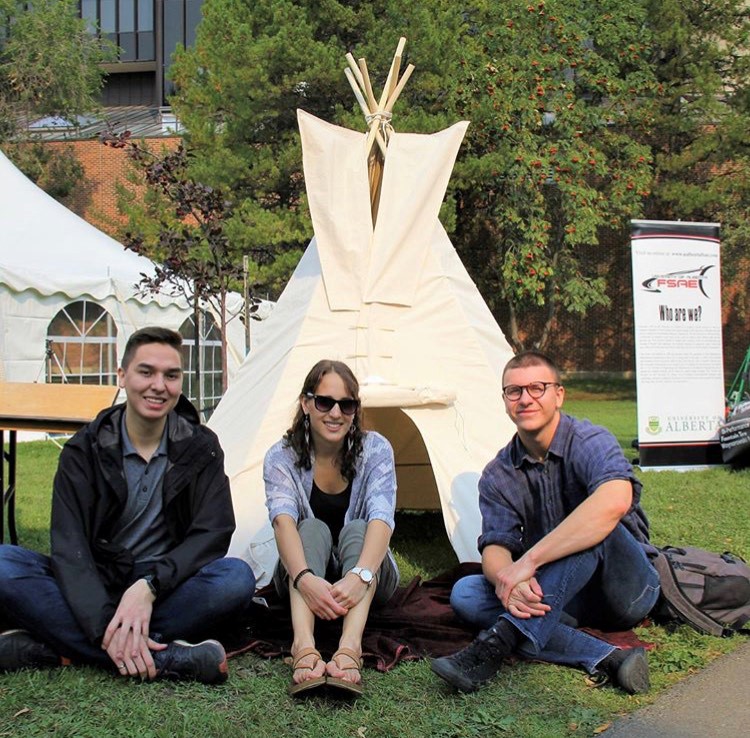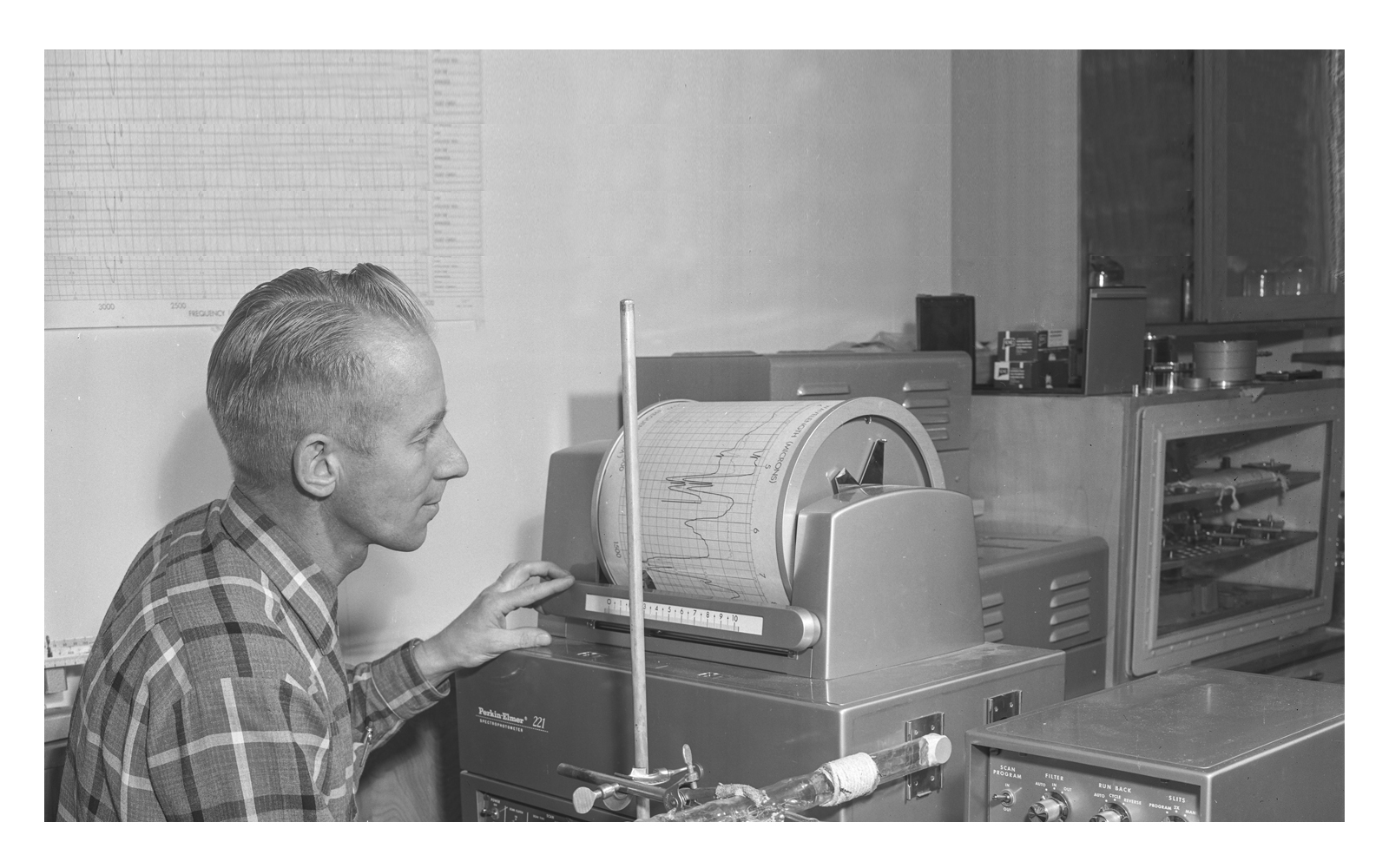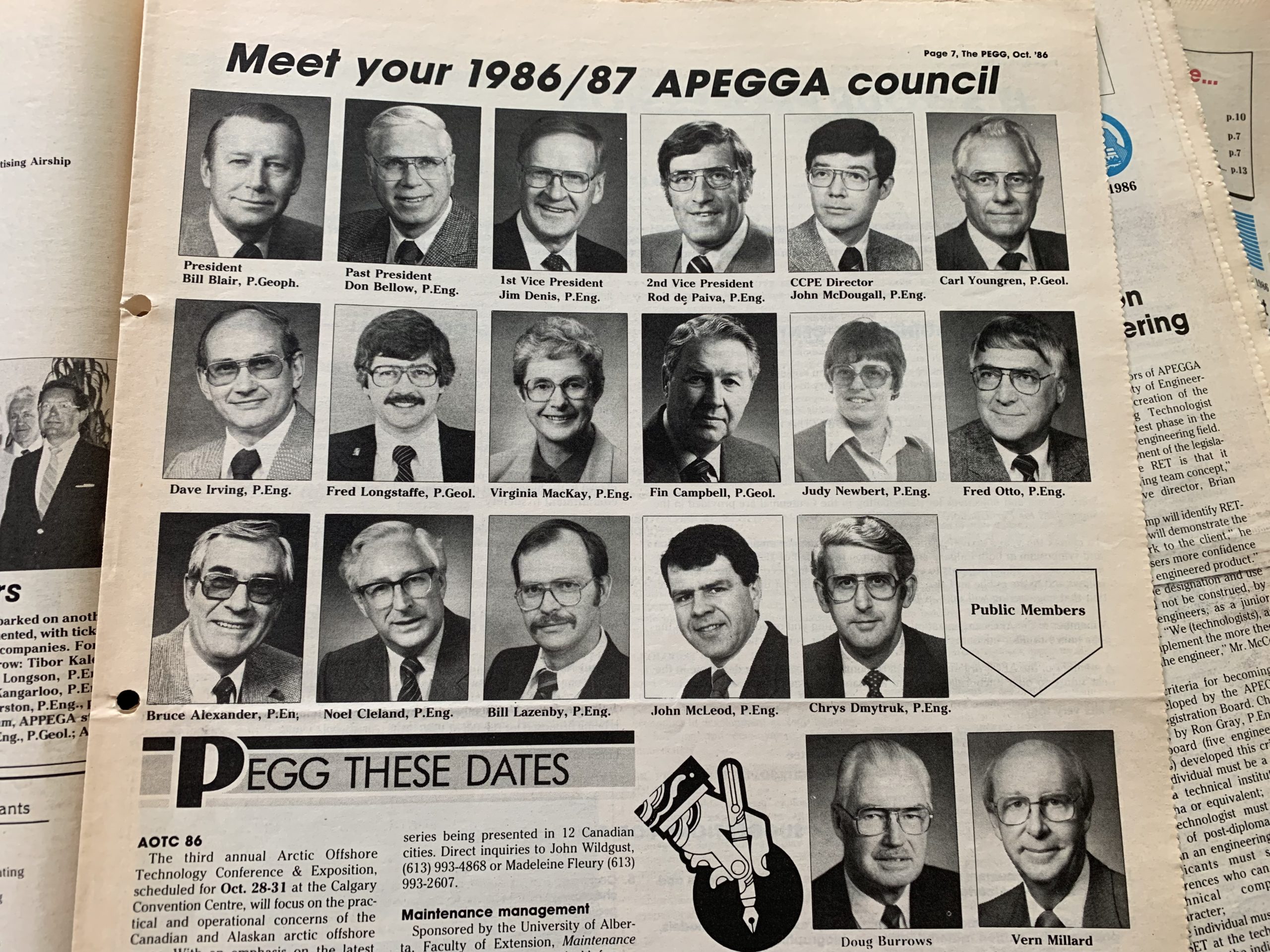Photo courtesy of Engineering at Alberta
Making Space: The Indigenous Engineering Student Association
When engineer-in-training Lucy Kootenay began her post-secondary career studying chemistry at Keyano College, she hadn’t planned on graduating with a degree in environmental engineering from the University of Alberta instead.
Or becoming the co-founder and founding president of the Indigenous Engineering Student Association (IESA) in the university’s Faculty of Engineering.
But she was entirely up for the challenge.
“Indigenous people are very underrepresented in [science, technology, engineering, and math] job fields and university studies. A shockingly small number of all the enrolled engineering students are Indigenous or self-identified as Indigenous,” she explains.
She points to a lack of support, a lack of identity, and how easy it is to get lost in the intense environment of university—and engineering itself—as barriers to inclusion. She wanted to create a safe and open space full of people who could relate to one another and who came from the same places.
Providing a support network
Through the IESA, she formed a collective in which students could talk about their courses and mentor their peers—and, most importantly, have a presence and be seen. Not stopping there, she added community outreach and mentorship to the mix, connecting the group with the Braided Journeys program, an Edmonton Catholic Schools initiative to help Indigenous youth become leaders and increase their support network.
“Some of us would go into the high schools and meet with the students—and one day a week, the program bussed students to the university—and we would provide math and science tutoring. If they had any questions about pursuing university studies, we could tell them our first-hand experience.”
In 2019, the same year Kootenay graduated, the IESA met with AECOM’s Indigenous community liaison, who was looking for resumes—Kootenay left the meeting with a full-time job as an engineer-in-training in the company’s environment group. She also joined its Blooming Program, through which she connects new Indigenous graduates with the right hiring managers within the company.
Members of the Indigenous Engineering Student Association James Tatum, E.I.T.; Lucy Kootenay, E.I.T.; and Ben Coutu

Photo courtesy of Lucy Kootenay, EIT
Coming full circle
This year, she’ll be returning to university part-time—while still working for AECOM—to pursue her master’s degree, and she plans to pick up where she left off with the IESA. The group is too important not to.
“We need to make space for alternative learning, different ways of thinking, and different ways of approaching concepts. Once those issues are addressed, then you might see more Indigenous people wanting to go into engineering.”
The Indigenous Engineering Student Association’s most recent executive team.
(Back row, left to right): Gabreal Chambaud; James Tatum, E.I.T.; Daxton Dion-Hoffman, E.I.T.
(Front row, left to right): Mikaela Wrobel, Bradly Kizlyk

Photo courtesy of Lucy Kootenay, EIT



